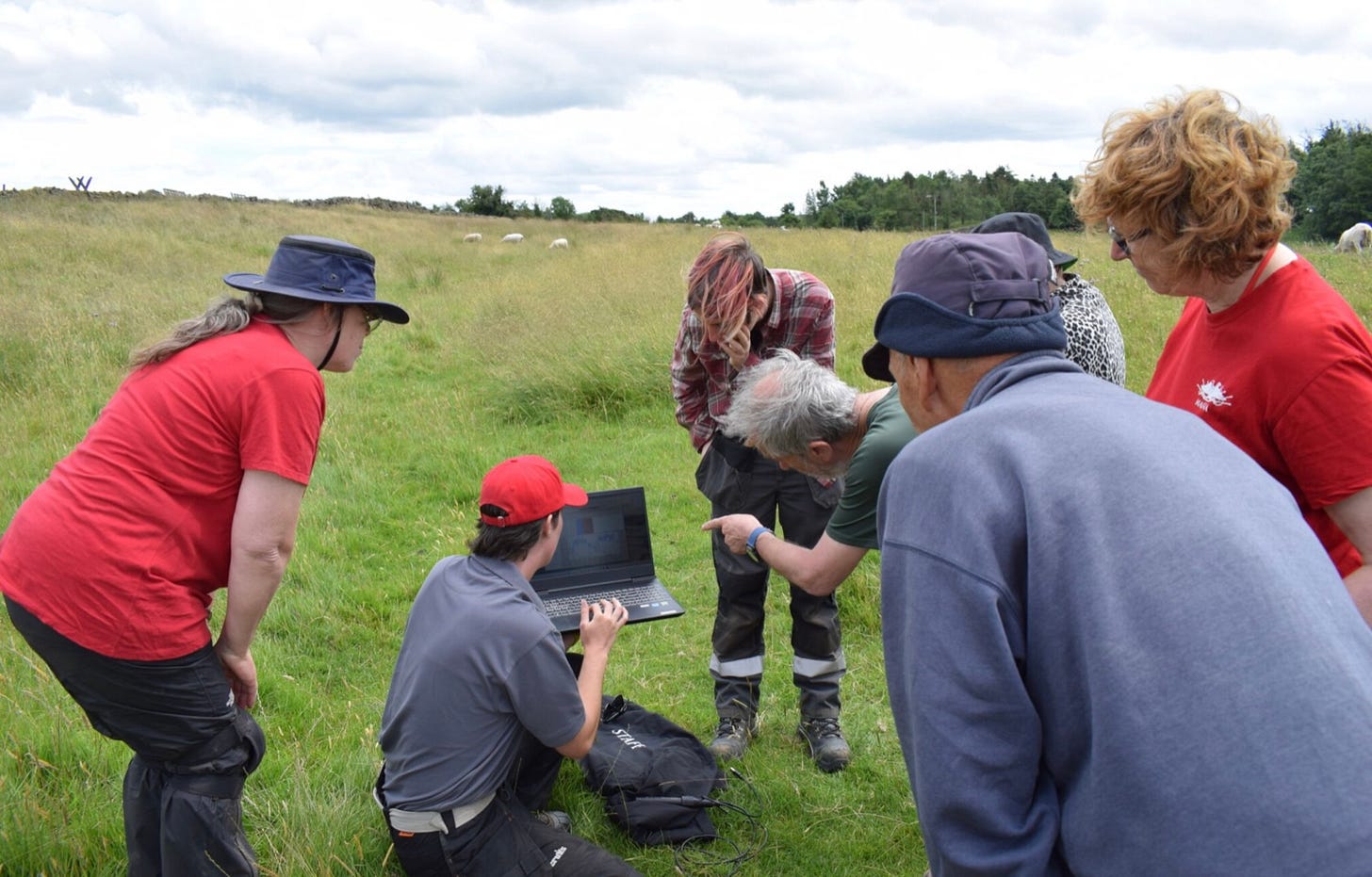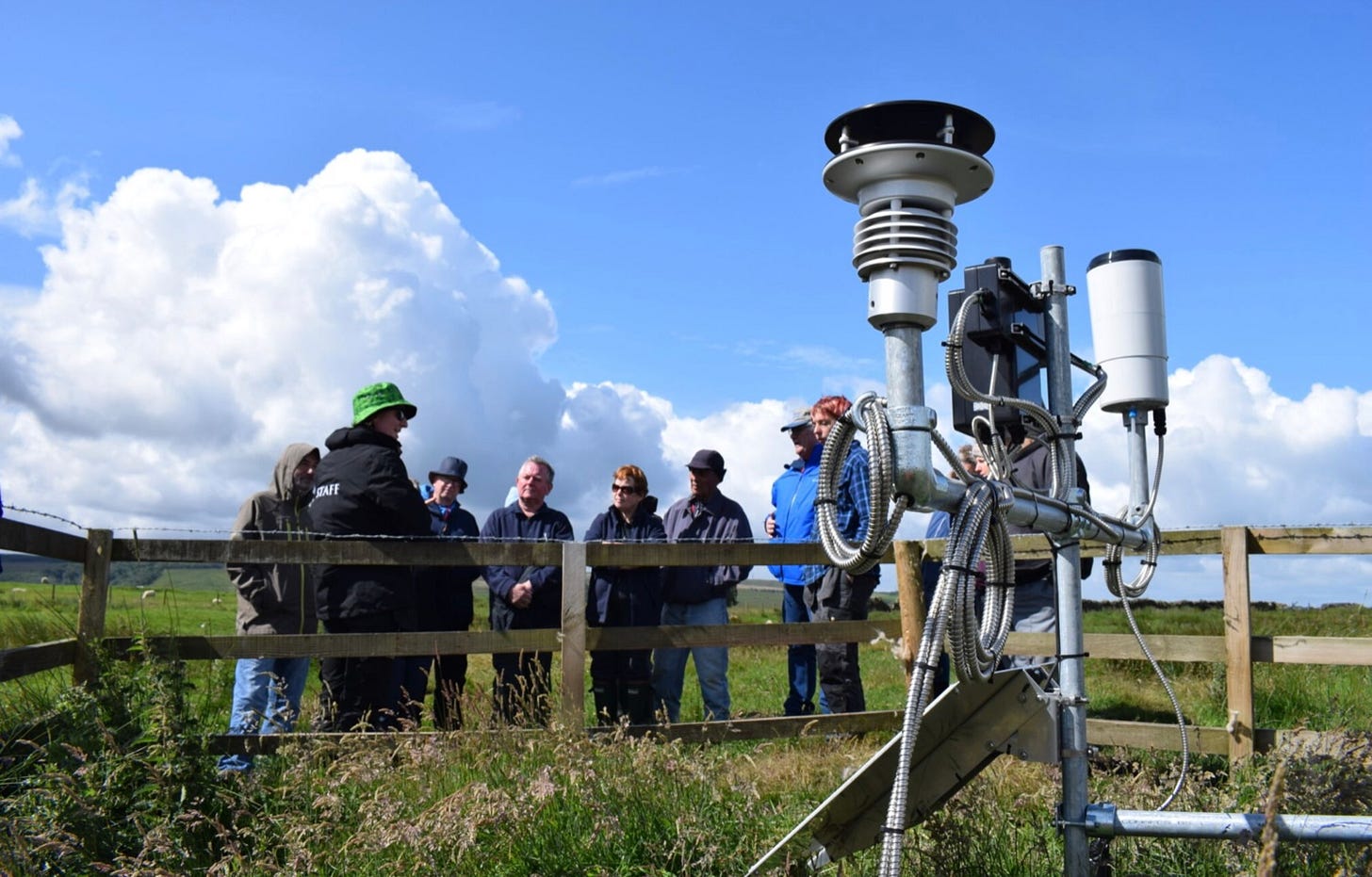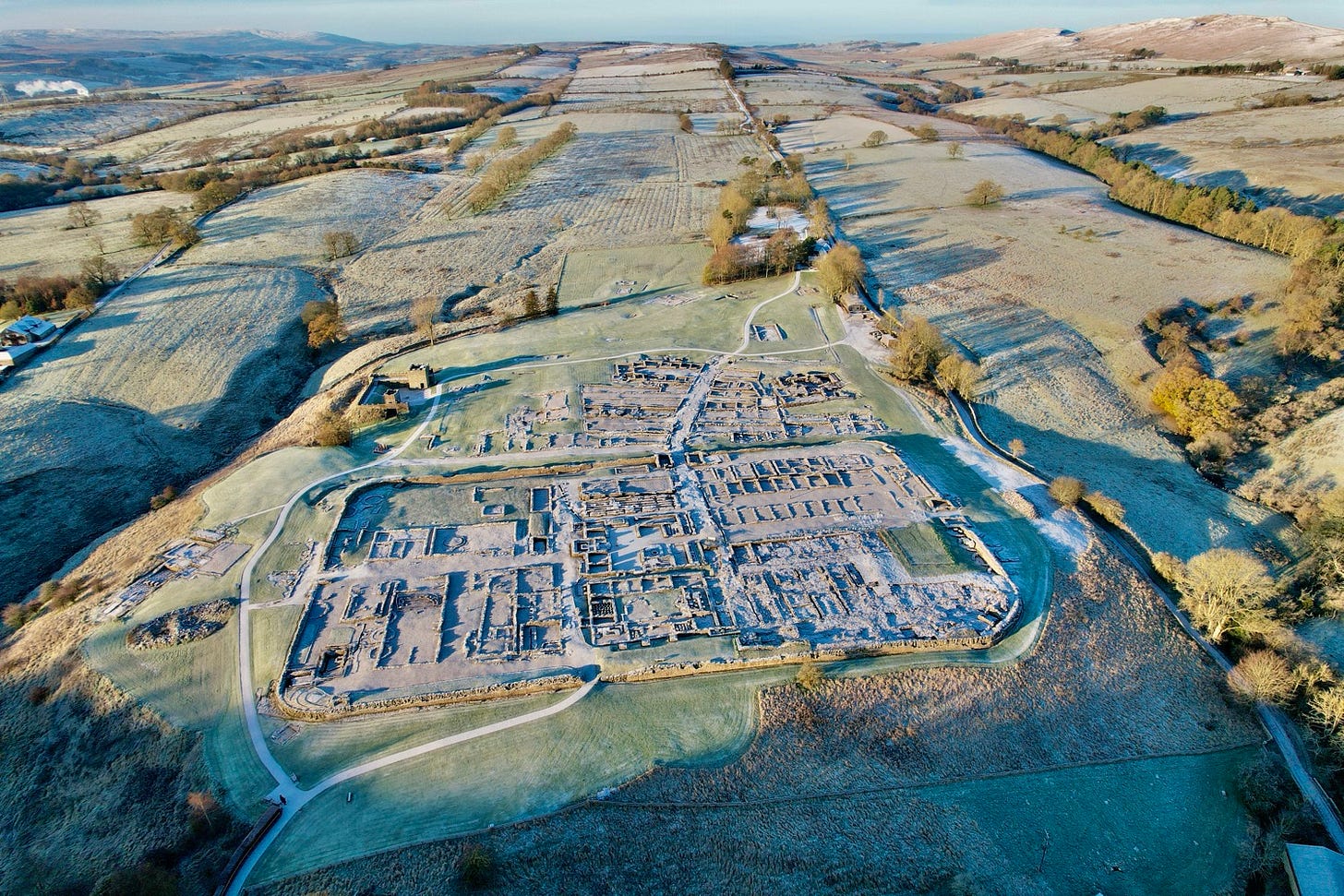Artificial Intelligence to help save heritage before it disappears forever
North helps pioneer use of AI to save buried heritage from threat of climate change. Tony Henderson reports
Top North East heritage sites are to play a key role in enabling Artificial Intelligence (AI) to help transform how the UK protects its undiscovered archaeology - before it is lost forever.
Vindolanda fort, near Bardon Mill in Northumberland, is internationally recognised for its unparalleled preservation of Roman archaeology.
Its oxygen-free sub-soil has acted as a natural time capsule, protecting an extraordinary range of organic remains - from 5,000 leather shoes including those of women and children, to leather boxing gloves, a wooden toilet seat, and the world-famous Vindolanda writing tablets, which reveal intimate details of life at Rome’s northern frontier.
Yet only around 25% of the site has been excavated, and at the current pace it may take more than 150 years to uncover the rest.
Climate change is now rapidly accelerating the loss of these buried layers. Rapid swings between drought and saturation are destabilising the fragile conditions that have preserved Vindolanda’s archaeology for nearly two millennia.
Predicting where damage is occurring, and where it will strike next, is becoming critical for deciding what must be excavated before it disappears forever.
Now a new pilot project by the Vindolanda Trust, Kassandra and the UK National Commission for UNESCO (UKNC) will use AI to turn millions of data points into real-time insights about what is happening beneath the ground.
Kassandra is a platform for better climate change decision-making powered by generative AI.
As climate change accelerates sub-soil drying, flooding and destabilisation, this new predictive tool - one of the first in a UNESCO World Heritage Site - will help archaeologists identify risk, prioritise excavation and make decisions shaped by foresight rather than crisis.
The pilot will analyse the environmental data from a current National Lottery Heritage Fund-supported project at the site of Magna Roman fort, seven miles from Vindolanda.
At Magna a network of probes has been installed to monitor soil moisture, temperature, acidity, oxygen-reduction potential and other vital indicators.
Dr Andrew Birley, chief executive and director of excavations for the Vindolanda Trust, said: “Vindolanda has so much more potential, so many secrets yet to uncover. Our greatest fear is that these secrets will be lost before we can get to them.
“Harnessing the power of AI with tools developed by Kassandra give us a fighting chance of saving some of our most vulnerable archaeological deposits.”
Kassandra will contribute £20,000 of specialist modelling support on how AI can process the archaeological data and generate predictive risk maps for the site.
For Vindolanda, this means building a digital twin of the fort and its surrounding landscape that fuses on-site probe data with climate and ground-condition projections.
By running thousands of ‘what if’ simulations, Kassandra can explore how different climate futures, management actions or land-use changes might affect buried archaeology.
This will allow the targeting of resources and timely interventions before damage becomes irreversible.
Maps will help the Vindolanda Trust identify which archaeological layers are at immediate or emerging risk; understand how sub-soil conditions may change under different climate scenarios; prioritise excavation and protection of the most vulnerable deposits; and make site-management decisions based on evidence, foresight and risk.
This will create a first-of-its-kind archaeological decision-support system, showing how AI can help protect heritage threatened by environmental change.
Once developed, the system will support the Hadrian’s Wall World Heritage Site in understanding where archaeology is at immediate risk, where targeted interventions are most urgent, what future climate conditions may look like at specific points on the Wall and how to plan for long-term resilience at a landscape scale and where to focus resources.
John Scott, coordinator for the Hadrian’s Wall UNESCO World Heritage Site partnership, said: “Our heritage lives within landscapes that are constantly evolving and never more so than now.
“To protect these heritage assets, our way of working must adapt with equal dynamism. We quickly realised that the best solutions emerge when people share thoughts and insights from across sectors, interests and geographies.
“It’s becoming very apparent that that’s the only way we can safeguard the story of us for the centuries to come.”
Andrew Birley said: “The Kassandra project and the partnerships it has developed builds on the pioneering work of the National Lottery Heritage Fund-supported Magna Project and applies those lessons to the nearby site of Roman Vindolanda.
“It brings together vital archaeological information and climate modelling to help us make the most of the millions of points of data that are being gathered by probes buried under the ground on the archaeological sites.
“This helps us to understand which areas are under the greatest threat and how resilient our heritage may be to rapid climatic changes.
Climate change is a well understood threat to our future. What is less known, but just as impactful, is that a rapidly changing climate is also a critical threat to the fragile remains of our collective past.”
Mark Cannata, founder and chief executive of Kassandra, said: “UNESCO World Heritage Sites like Hadrian’s Wall and Vindolanda are on the frontline of climate change, but they can also lead the way in how we respond.
“Confronting the greatest crisis humanity has ever had to face requires unprecedented decision-making clarity to strengthen our collective resilience.”
Matt Rabagliati, head of policy, research & communications, UK National Commission for UNESCO, said: “This is ultimately about using AI and data in new and integrated ways to make decisions in a fast-changing landscape.
“By combining on-site monitoring with climate modelling and AI, we’re trialling a tool that gives heritage managers and local partners a clearer view of what’s happening beneath the soil, and what is likely to happen next. That kind of foresight helps people, communities and organisations to prioritise, plan and protect together before loss becomes irreversible.”
Prof Rob Collins, professor of frontier archaeology at Newcastle University, said: “Our heritage was created in the past but we must protect it for our future.
“Climate change will not only affect our daily lives, but also many of the aspects that we cherish - sites like Vindolanda and the incredible archaeology of Hadrian’s Wall World Heritage Site.
“The partnership to use cutting-edge technology to digitally model the impacts of climate change on heritage has been both fascinating and terrifying - but ultimately rewarding.”






